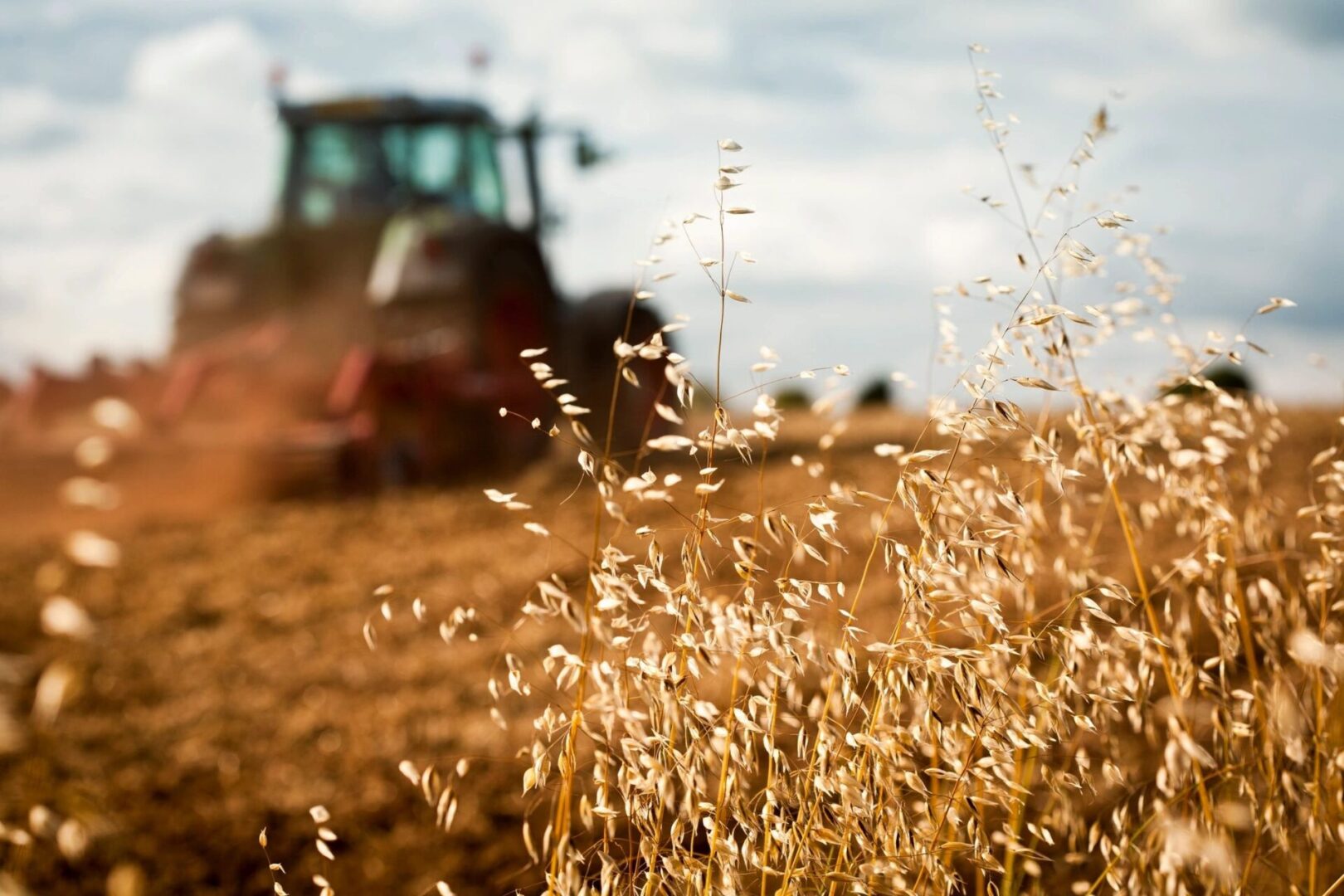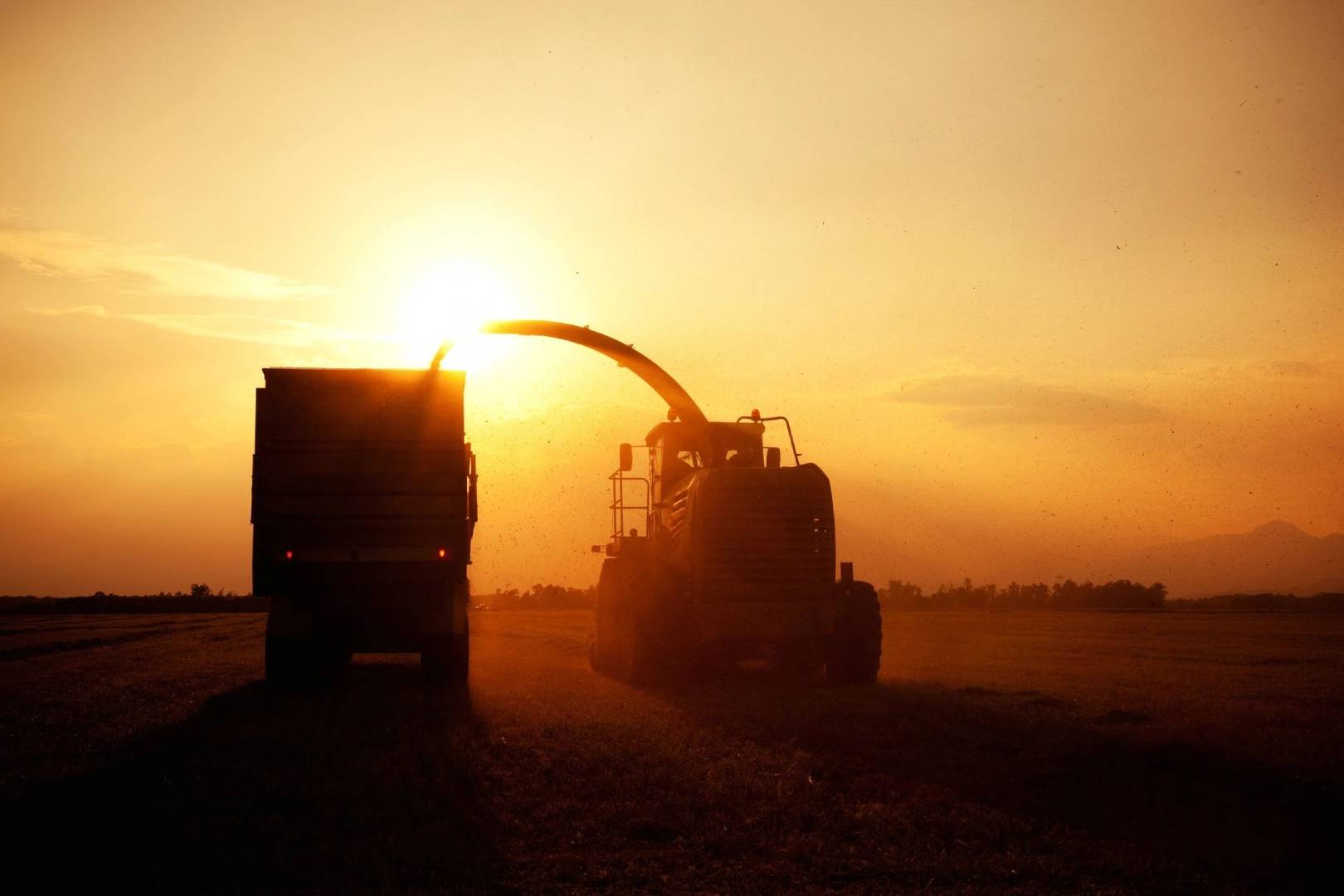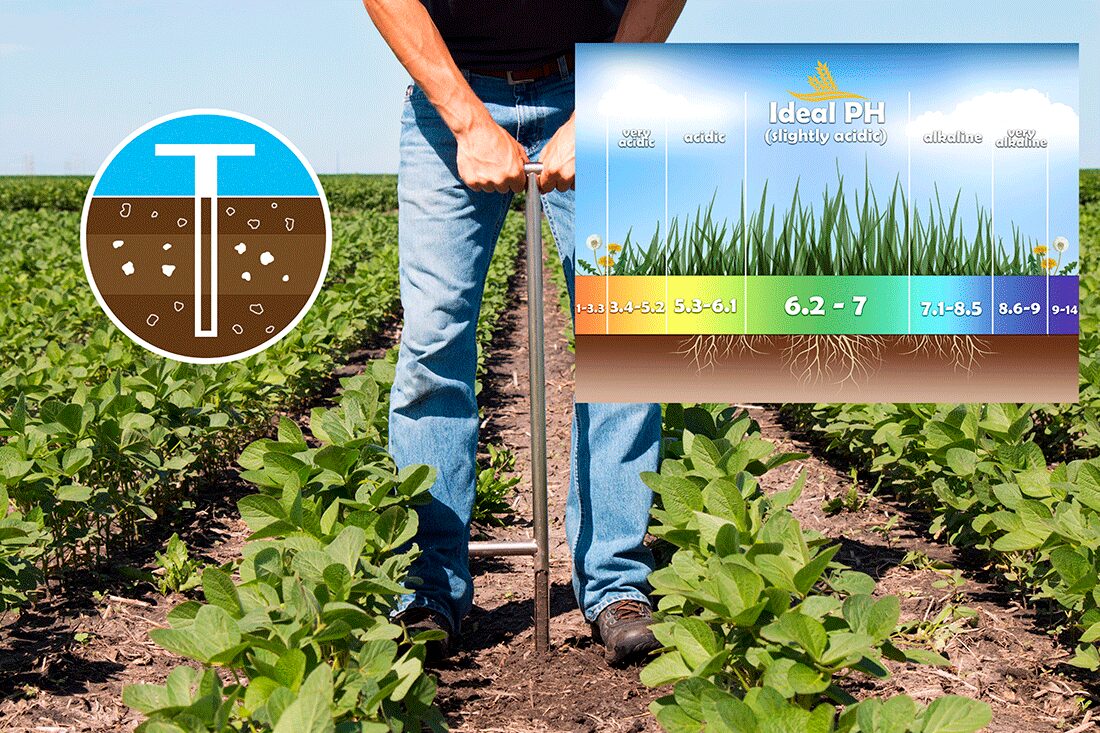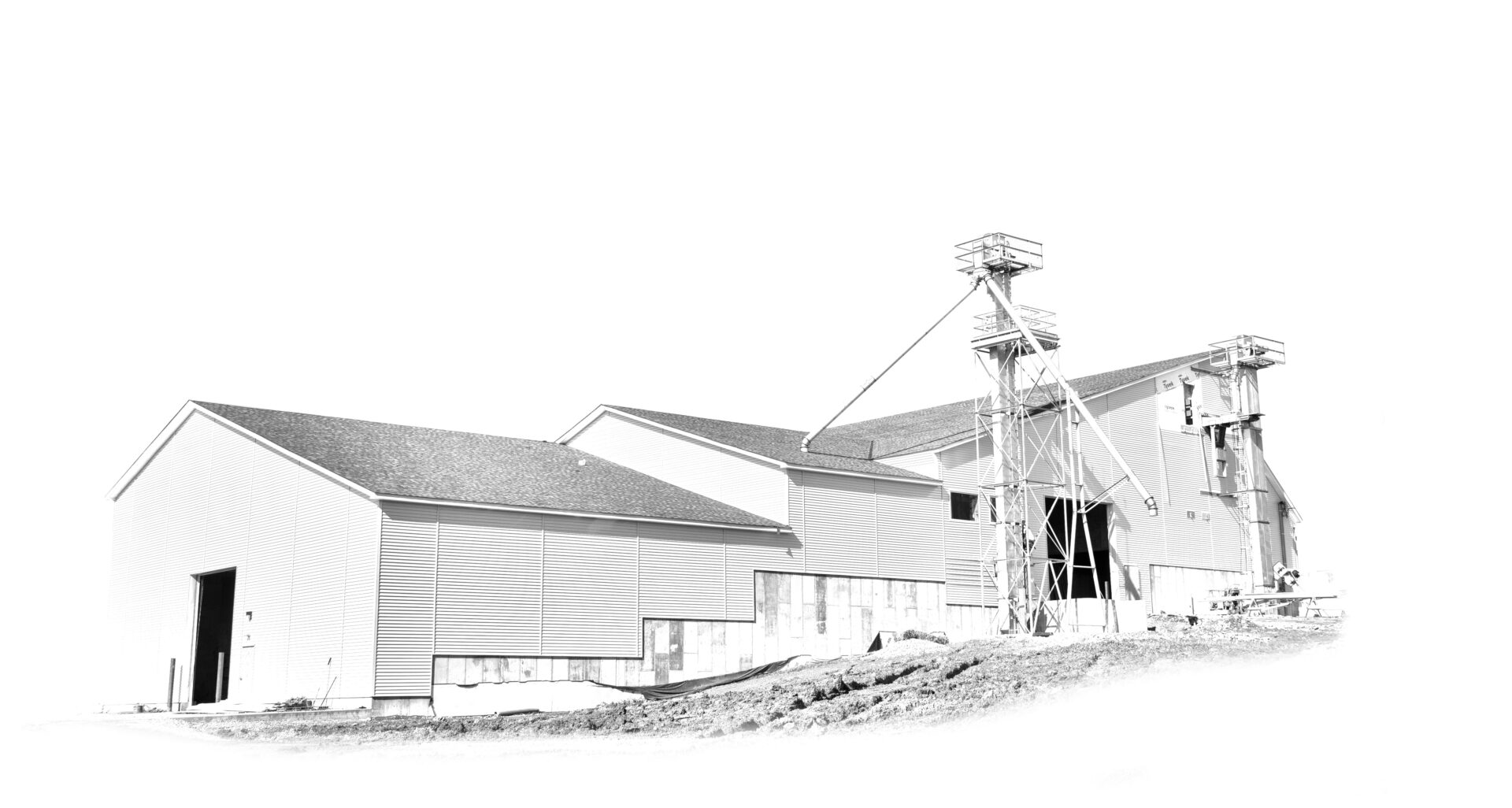
Products
Seed
Belmont Mills Grass Seed has the ability to meet any demand. If you are a farmer looking to plant your pasture field check out our hay and pasture seeds, if you are a homeowner wanting to improve your lawn take a look at our turf seeds. And if you are a contractor with a spec that needs to be meet let us take care of that for you as well.
Pasture Seed
This mix lends itself to a variety of soils and will produce great quality forage with low maintenance. Grass Pasture 3000 is a dual-purpose mix that can be grazed or baled.
- Tall Fescue (Endophyte Free)
- Orchardgrass
- Timothy
- Tetraploid Perennial Ryegrass
- Annual Ryegrass
New Seeding Rate: Approximately 30-35 lbs per acre- If broadcasting increase by 12-15 lbs
Over Seeding Rate: Approximately 20-25 lbs per acre- If broadcasting increase by 10-12 lbs
True winner when it comes to meadow mixes, providing excellent quality year after year as dry hay or baleage. This mix will yield high protein forage with consistent palatability. Meadow Master 6000 also has high sugar, with timothy balancing out the fiber while alfalfa and clover ensure high levels of protein.
- Alfalfa
- Red Clover
- Timothy
- White Ladino Clover
- White Dutch Clover
New Seeding Rate: Approximately 25-30 lbs per acre- If broadcasting increase by 12-15 lbs
Over Seeding Rate: Approximately 18-25 lbs per acre- If broadcasting increase by 10-12 lbs
A high-quality mix that will provide consistent forage for livestock year after year. This mix will adapt to a wide variety of soils, providing high energy forage. This is a nice low maintenance mix that is also drought tolerant.
- Orchardgrass
- Red Clover
- White Dutch Clover
- Alfalfa
- Birdsfoot Trefoil
- Tetraploid Perennial Ryegrass
- Timothy
New Seeding Rate: Approximately 30-35 lbs per acre- If broadcasting increase by 12-15 lbs
Over Seeding Rate: Approximately 20-25 lbs per acre- If broadcasting increase by 10-12 lbs
This rapidly establishing mix is ideal for high traffic areas. Expect great wildlife attraction of all types, from pollinators to deer. High protein and winter hardiness make this a great, well rounded mix.
- White Ladino Clover
- Red Clover
- Birdsfoot Trefoil
- Orchardgrass
- Alfalfa
- Red Top
- Timothy
New Seeding Rate: Approximately 30-35 lbs per acre- If broadcasting increase by 12-15 lbs
Over Seeding Rate: Approximately 20-25 lbs per acre- If broadcasting increase by 10-12 lbs
This mix is a true workhorse in the hay field, keeping your tonnage high and your feed quality superb. One of the highest yielding mixes, designed for dry hay or baleage. This high protein blend is adaptive to a variety of soils, and is a must plant mix for farms wanting to increase tonnage.
- Switchgrass
- Tall Fescue (endophyte free)
- Orchardgrass
- Timothy
New Seeding Rate: Approximately 30-35 lbs per acre- If broadcasting increase by 12-15 lbs
Over Seeding Rate: Approximately 20-25 lbs per acre- If Broadcasting increase by 10-12 lbs
This versatile mix has been a top seller since its creation years ago, and for good reason. Rice Pasture provides excellent growth in almost all conditions and provides great forage for both livestock and wildlife.
- Tall Fescue (endophyte free)
- Orchardgrass
- Birdsfoot Trefoil
- Red Clover
- Ladino White Clover
- Timothy
- Oats
- Annual Ryegrass
New Seeding Rate: Approximately 30-35 lbs per acre- If broadcasting increase by 12-15 lbs
Over Seeding Rate: Approximately 20-25 lbs per acre- If Broadcasting increase by 10-12 lbs
A powerhouse Pasture mix originally designed by some of the experts in the reclamation business. Great forage and yield potential are certain with this top of the line mix.
- Kentucky Bluegrass
- Climax Timothy
- Tetraploid Perennial Ryegrass
- Alfalfa
- Birdsfoot Trefoil
- White Dutch Clover
- White Ladino Clover
New Seeding Rate: Approximately 30-35 lbs per acre- If broadcasting increase by 12-15 lbs
Over Seeding Rate: Approximately 20-25 lbs per acre- If broadcasting increase by 10-12 lbs
This mix is specialized for its ability to combat erosion control. Use this deep rooting formula to fight slips and washouts in any environment.
- Tall Fescue (endophyte free)
- Creeping Red Fescue
- Orchardgrass
- Switchgrass
- Annual Rye
- Red Top
- Alfalfa
New Seeding Rate: Approximately 30-35 lbs per acre- If broadcasting increase by 12-15 lbs
Over Seeding Rate: Approximately 20-25 lbs per acre- If Broadcasting increase by 10-12 lbs
Take your food plot to the next level with this deer plot mix. Specially formulated to have high attraction and optimal nourishment for deer as well as other wildlife. Best planted in late summer to early fall.
- Ladino White Clover
- Red Clover
- Forage Brassica
- Oilseed Radish
- Birdsfoot Trefoil
- Chicory
- Red Top
New Seeding Rate: Approximately 30-35 lbs per acre- If broadcasting increase by 12-15 lbs
Over Seeding Rate: Approximately 20-25 lbs per acre- If Broadcasting increase by 10-12 lbs
Clovers, Chicory, and Perennial Forage Grass mix gives deer just what they are looking for in a wildlife mix.
- Red Clover
- Alsike Clover
- Tetraploid Perennial Rye
- Chicory
New Seeding Rate: Approximately 30-35 lbs per acre- If broadcasting increase by 12-15 lbs
Over Seeding Rate: Approximately 20-25 lbs per acre- If Broadcasting increase by 10-12 lbs

Cover Crops

A cover crop is a crop of a specific plant that is grown primarily for the benefit of the soil rather than the crop yield. Cover crops are commonly used to suppress weeds, manage soil erosion, help build and improve soil fertility and quality, control diseases and pests, and promote biodiversity.
Rye is a 3-6 feet tall, cool season, annual grass used for livestock forage, hay, wildlife food, cover crops, green manure, and weed suppression.
Seeding Rate: 55 to 100 lbs. per acre
The Oats is a grain that is a quick growing green manure that will kill off any winter weeds and will hold soil with a mat of vegetation. The oats stay green into November and form a mulched bed for spring planting.
Seeding Rate: 30 to 50 lbs. per acre
Winter wheat cover crops are designed to lessen erosion from runoff of water and wind and to retain the soil. They also contribute to the reduction of mineral leaching and compaction, suppress the amount of weed growth, reduce insect pests and diseases, and increase crop yield.
Seeding Rate: 50 to 90 lbs. per acre
Using triticale as a cover crop is similar to using rye—in terms of seeding rate and application—but triticale is a little lower in lignin content and later heading than rye. Like rye, triticale also makes an excellent spring emergency forage.
It is a bunch type grass with upright tillers just like wheat and rye. Leaves are rolled in the whorl. Triticale has a spike with one spikelet per node each containing several florets. The stems grow upright, have hollow internodes, and are smooth.
Seeding Rate: 50 to 90 lbs. per acre
Turnips are an excellent cover crop when grazing will take place on the cover crop. They are good at capturing nitrogen and have the ability to suppress weeds. They are good for extending the grazing period on a field and work best when mixed with grass or cereal-type cover crops for maximum benefit.
Seeding Rate: 1 to 4 lbs. per acre
Cover crops can control erosion, build soil, and suppress weeds. Radish as a cover crop can provide these benefits and more. The long radish root creates deep channels in the soil that can make it easier for subsequent crops to reach water in the soil below. Radish is also known to benefit water quality.
Seeding Rate: 8 to 15 lbs. per acre
Cash Crops
- Our #1 TOP YIELDING release for our Enlist E3™ varieties, A MUST PLANT for 2021!
- Eastern type genetics with unbeatable yields in Ohio and Indiana prelim testing.
- Strong overall disease package, excellent on Frog Eye leaf spot.
Additional information
| Soybean Trait | Enlist E3 Soybeans |
| Relative Maturity | 3.7 |
| Herbicide Tolerance | 2,4-D Choline, Glufosinate, Glyphosate |
| Emergence | 1.3 |
| Standability | 1.6 |
| Plant Height | Medium-Tall |
| Plant Branching | Bush |
| Green Stem | 1.5 |
| Pubescence Color | Gray |
| PPR Field Resistance | Rps1k |
| PPR Field Tolerance | 1.5 |
| Sudden Death Syndrome | 2.0 |
| Frog Eye | 1.5 |
| White Mold | NA |
| Brown Stem Rot | Susceptible |
- The STRESS LEADER for eastern soil types. Plant with confidence!
- Outstanding ability to handle tough conditions.
- Crushes national brand varieties on eastern soil types with several side by side wins over the last 3 seasons.
Additional information
| Soybean Trait | RR2 Xtend Soybeans |
| Relative Maturity | 3.6 |
| Herbicide Tolerance | Dicamba, Glyphosate |
| Emergence | 1.6 |
| Standability | 1.8 |
| Plant Height | Tall |
| Plant Branching | Intermediate Bush |
| Green Stem | 1.5 |
| Pubescence Color | Gray |
| PPR Field Resistance | Rps1c |
| PPR Field Tolerance | 1.5 |
| Sudden Death Syndrome | 1.9 |
| Frog Eye | 1.9 |
| White Mold | 1.5 |
| Brown Stem Rot | Moderately Resistant |
MANAGEMENT & POSITIONING
Good versatility for variable soils with impressive upside yield potential in high
yield environments. Wide population tolerance, responds well to high populations.
Position on all soil types and yield environments. OUTSTANDING stalk quality for
late harvests.
CHARACTERISTICS
Our #1 selling hybrid last season, A MUST PLANT FOR 2021! Spectacular hybrid agronomics
and yield. Second to none on plant health vs. competitive hybrids in the 109 RM range.
Impressive season-long stalk integrity and harvest appearance. Semi-flex ear type with
heavy test weight.
Additional information
| Herbicide Tolerance | GLY, LIB |
| Recommended Seeding Rate | 30-38 |
| Emergence | 1.0 |
| GDU's to Black Layer | 2640 |
| Stalk Strength | 1.0 |
| Root Strength | 1.0, 2 |
| Drought Tolerance | 2.0 |
| GreenSnap Tolerance | 1.0 |
| Plant Height | Medium |
| Ear Type | Semi Flex |
| Staygreen | 1.0 |
| Test Weight | 1.5 |
| Drydown | 2.0 |
| Harvest Appearance | 1.0 |
| Northern Corn Leaf Blight | 1.5 |
| Grey Leaf Spot | 1.5 |
| Tar Spot | 2.0 |
| Stalk Health | 1.0 |
| Relative Maturity | 109 |
MANAGEMENT & POSITIONING
Works on all soil types. Excellent fit for high yield environments and productive soils. Shows a strong response to foliar fungicides. Good drought stress tolerance.
CHARACTERISTICS
ELITE TOP END YIELD LEADER plus strong defensive agronomic strengths. Semi-flex ear type with heavy test weight and deep kernels that add yield. Very good stalk strength and season long standability. TREMENDOUS YIELDER that really punches out the bushels.
Additional information
| Corn Trait | |
| Herbicide Tolerance | GLY, LIB |
| Recommended Seeding Rate | 30-38 |
| Emergence | 2.0 |
| GDU's to Black Layer | 2750 |
| Stalk Strength | 1.5 |
| Root Strength | 1.5 |
| Drought Tolerance | 3.0 |
| GreenSnap Tolerance | 1.5 |
| Plant Height | Tall |
| Ear Type | Semi Flex |
| Staygreen | 2.0 |
| Test Weight | 1.0 |
| Drydown | 2.0 |
| Harvest Appearance | 1.5 |
| Northern Corn Leaf Blight | 2 |
| Grey Leaf Spot | 2 |
| Tar Spot | 1.0 |
| Stalk Health | 1.0 |
| Relative Maturity | 111 |
MANAGEMENT & POSITIONING
Broad adaptability that handles any soil type and growing environment. THE BEST for dependable, high-end performance, year after year. Excellent drydown, standability, and grain quality.
CHARACTERISTICS
CONSISTENT PERFORMER YEAR IN AND YEAR OUT. Strong yield punch in favorable growing conditions but stable under stress and wetter prone soils. Tall plant height with excellent standability. Heavy test weight with good tolerance to ear rot. Awesome workhorse type hybrid that yields like a racehorse!
Additional information
| Herbicide Tolerance | GLY, LIB |
| Recommended Seeding Rate | 32-38 |
| Emergence | 1.0 |
| GDU's to Black Layer | 2750 |
| Stalk Strength | 3 |
| Root Strength | 1.0 |
| Drought Tolerance | 1.0 |
| GreenSnap Tolerance | 2.0 |
| Plant Height | Tall |
| Ear Type | Semi Flex |
| Staygreen | 2.0 |
| Test Weight | 2 |
| Drydown | 2.0 |
| Harvest Appearance | 1.0 |
| Northern Corn Leaf Blight | 1.5 |
| Grey Leaf Spot | 1.5 |
| Tar Spot | NA |
| Stalk Health | 2.0 |
| Relative Maturity | 112 |

Soil Sampling
The main benefit of soil sampling is improved yields and economic return. Soil sampling is the first step in fertilizer management. Taking the time to sample will allow growers to use fertilizer in an efficient manner, saving both time and money.

How to Take Soil Samples
Important: Accurate soil analysis with meaningful interpretation requires properly taken samples. Follow all directions carefully and correctly. Sampling technique presents the greatest chance for errors in results. Laboratory analytic work will not improve the accuracy of a sample that does not represent the area.
Collect samples using chrome plated or stainless-steel sampling tubes or augers. A clean spade or shovel can also be used. Avoid galvanized, bronze or brass tools. Use clean, plastic buckets. Do not use galvanized or rubber buckets, as they will contaminate the samples.
Sampling can take place during any period of the year. However, it is best to sample a field at about the same time of year. Wait a minimum of thirty days to sample after applications of fertilizer, lime, or sulfur.
Samples must be representative of the area you are treating. Most often, sampling by soil color is an acceptable method for dividing large fields into “like” areas. County ASCS aerial photographs can be used as a guide. Areas that differ in slope, drainage, past treatment, etc. should be sampled separately. Sampling across dissimilar soil types is not recommended. And finally, the sample area should be large enough for special lime or fertilizer treatments.
Always remember to remove any surface debris prior to sampling.
Do Not Sample:
- Dead or back furrows
- Fence rows, old or new
- Old roadbeds, or near limestone gravel roads
- Terrace channels
- Wind breaks or snow fence lines
- Turn-rows
- Spill areas
- Fertilizer bands including Anhydrous N.
- Unusual or abnormal spots
Sampling depth must remain consistent because many soils are stratified and variation in depth will introduce errors into the analytic results.
Various studies have shown that proper sampling requires at least 10 cores per sample, and sometimes 15 or more cores depending on the nature of the soil and the size of the area being sampled. A smaller number can introduce variability into the results from different sampling years. There is no rule for the number of acres to include in a single sample. This must depend on the local situation. However, the University of Illinois has long recommended that a single sample should represent no more than 5 acres. Very small sampling areas, such as residential landscape plants and some small gardens may use fewer cores per sample.
Allow the soil to dry and then thoroughly mix the randomly taken core samples in a plastic bucket and remove a separate, well-mixed composite sample (½ to 1 pint) from the mixture. Place it into a new plastic sandwich bag. Ensure that all bags are labeled with the correct field name.
When delivering to Belmont Mills the following information will be requested:
• Field Identification
• Number of acres
• The last crop grown
• The crop being planted
• Expected yield
Once the results have been received by Belmont Mills a copy will be shared with the grower, along with a suggested application for each field sampled. At this point the grower will be able to work with the team at Belmont Mills to create a plan 100% customized to the needs of each field.
Fertilizer
In order for a plant to grow and thrive, it needs a number of important chemical elements. The three most important are nitrogen, phosphorus and potassium (N-P-K). These three nutrients are normally displayed on each bag and are listed as a percentage. Each of these nutrients affects plant growth differently and Belmont Mills Inc. carries a wide variety of fertilizers to meet your specific needs. Nitrogen (N) provides the plant with the ability to produce chlorophyll which allows the plant to turn dark green and grow quickly. Phosphorus (P) aids in root development, allowing the plant to take in more moisture and nutrients. Potassium (K) helps guard the plant against disease and aids in drought protection and cold tolerance.
Belmont Mills Inc. can assist you in making the right fertilizer choice to help produce greener results. Options for purchase include:
- 9-23-30 (40/Skid)
- 10-10-10 (40/Skid)
- 10-20-20 (40/Skid)
- 12-12-12 (40/Skid)
- 14-14-14 (40/Skid)
- 15-15-15 (40/Skid)
- 19-19-19 (40/Skid)
- 18-7-30 (40/Skid)
- 6-24-24 (40/Skid)
- 18-46-0 (40/Skid)
- 0-0-60 (40/Skid)
- 46-0-0 (40 lb. Bag-50/Skid)
- Pelletized Lime (56/Skid)
- Custom blends available upon request
- Ag. Lime-Bulk
- Pelletized Lime-Bagged or Bulk
- Any Custom Blend
- Urea
- DAP
- Potash
- 10-20-30
- 10-20-20
- 12-12-12
- 10-20-10
- 19-19-19
- 14-14-14
- 9-23-30
- 5-14-42
- 30-10-10
- 10-20-20
- 15-15-15

Fencing Supplies

At Belmont Mills you can find a wide range of high-quality fencing products. These products can be used for multiple purposes and you will also be able to find the accessories that go along with each product.
Products carried are listed below, but not limited to these products. If there is something in particular you are interested in please give one of our sales specialists a call and they will help you find what you need.
- Gates
- Posts
- Woven Wire
- Hi-Tensile Wire
- Feeder Panels
- Corral Panels
- Barbed Wire
- Electric Fence Energizers
- Post Insulators
- General Fencing Tools and Accessories
